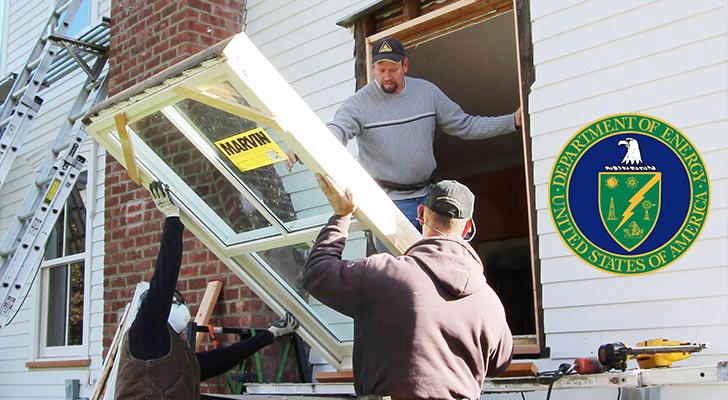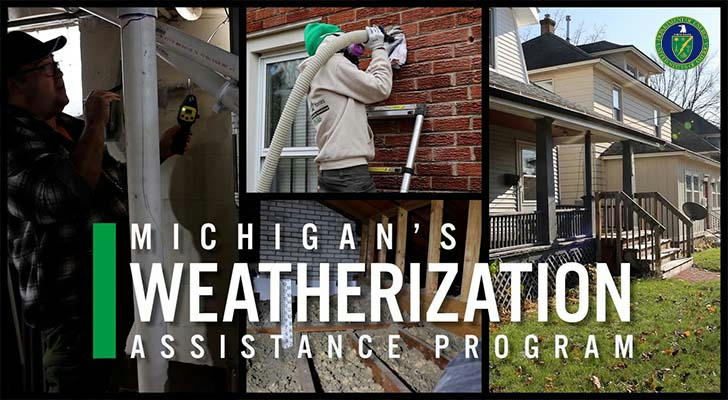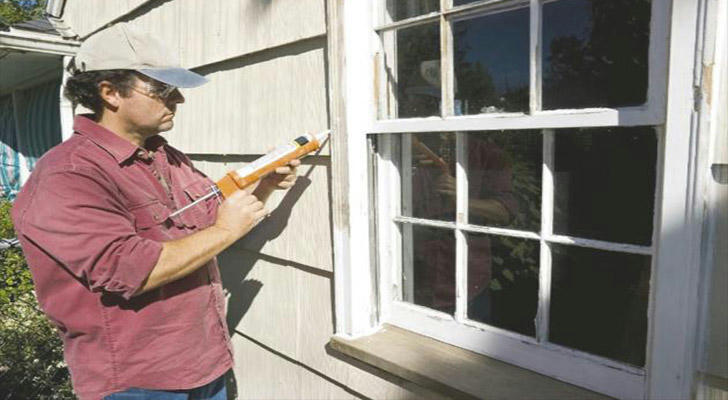Government Assistance for Low-Income Families: A Lifeline for Window Replacements
As an older adult living on a fixed income, I know firsthand how difficult it can be to make ends meet. You try to stretch every dollar, cutting corners where you can, but sometimes the needs of your home seem overwhelming. One of the things that always worried me was the state of my windows. They were old, drafty, and barely keeping the cold air out during the winter months. I couldn’t afford to replace them on my own, and I felt trapped in a situation where my home wasn’t as comfortable or energy-efficient as it could be. That’s when I learned about government programs that help low-income families like mine replace windows—and it changed everything for me.

The Problem of Inefficient Windows
Before I found out about these programs, my windows were a constant source of frustration. The drafts were unbearable during the colder months, and in the summer, it felt like my air conditioner was working overtime to keep the house cool. I had no idea just how much energy was being wasted. In fact, according to the U.S. Department of Energy, windows account for about 25-30% of a home’s heating and cooling energy use. This means that inefficient windows can really add up in terms of energy costs over time. For someone like me, living on a fixed income, those extra costs were simply too much to bear.
How Government Assistance Can Help
I was hesitant at first, unsure if I would even qualify for any assistance. But when I started doing my research, I was pleasantly surprised to learn about several government programs designed specifically to help low-income families improve the energy efficiency of their homes. One of the most beneficial programs I found was the Weatherization Assistance Program (WAP), administered by the U.S. Department of Energy.
WAP provides assistance with weatherization services for low-income households.. The services offered through this program include the replacement of windows, insulation, and even heating and cooling systems to improve the energy efficiency of a home. The goal is to reduce energy consumption and improve the comfort of the home, all while lowering utility bills.

Who Qualifies for Window Replacement Assistance?
The eligibility requirements for these programs vary by state and local agency, but in general, households that meet certain income guidelines are eligible. For example, the WAP is available to households with incomes at or below 200% of the federal poverty level. For a single person, this would mean an annual income of up to approximately $27,180, while a family of four could earn up to $55,500 and still qualify.
Other factors can also influence eligibility, such as whether the household contains elderly individuals (like myself), people with disabilities, or young children. Many states and local agencies also offer priority to these groups to ensure the most vulnerable households get assistance first.
My Experience with the Program
Once I found out I could apply for assistance, I didn’t waste any time. I contacted my local weatherization office, and the process was surprisingly straightforward. The first step was a home energy audit, where a professional came to my home to assess the condition of my windows and other areas where energy was being lost. They also checked for other issues like insulation gaps and outdated heating systems. After the audit, I was informed that I qualified for new windows under the program, and within a few weeks, the work was done.
I was amazed by the difference the new windows made. Not only did they keep the house warmer in the winter and cooler in the summer, but my energy bills dropped significantly. According to the Department of Energy, households that have had weatherization improvements like new windows typically see a reduction in their energy bills by 20-30%. I can tell you from my own experience that those savings have made a huge impact on my budget. The new windows also made my home much more comfortable, and I no longer feel that constant draft that used to make me feel cold no matter how high I turned up the heat.

The Impact on My Life
The energy savings have been a real relief, especially with the cost of living rising each year. But beyond the financial benefits, the peace of mind that comes with knowing my home is more energy-efficient and secure has been invaluable. I no longer have to worry about my old windows falling apart or letting in cold air. I feel safer, more comfortable, and more in control of my finances.
I’ve also learned that I’m not alone in benefiting from these programs. The U.S. Department of Energy’s Weatherization Assistance Program has helped more than 7 million families since its inception, with funding reaching over $200 million annually. These numbers reflect just how important these programs are to low-income households across the country.
Conclusion
For anyone in a similar situation, I can’t stress enough how much these government programs can help. If you’re living on a tight budget and struggling with home repairs, particularly with things like inefficient windows, don’t hesitate to explore what’s available to you. The Weatherization Assistance Program and other similar initiatives have made a significant difference in my life, and they could do the same for you.
If you're eligible, take advantage of these programs—they provide much-needed relief and give you the opportunity to make your home more energy-efficient, comfortable, and affordable. I am so grateful I found this assistance, and I hope others in need will take the first step toward a more comfortable, energy-efficient home as well.
Relevant policy website: Residential Energy Efficiency
